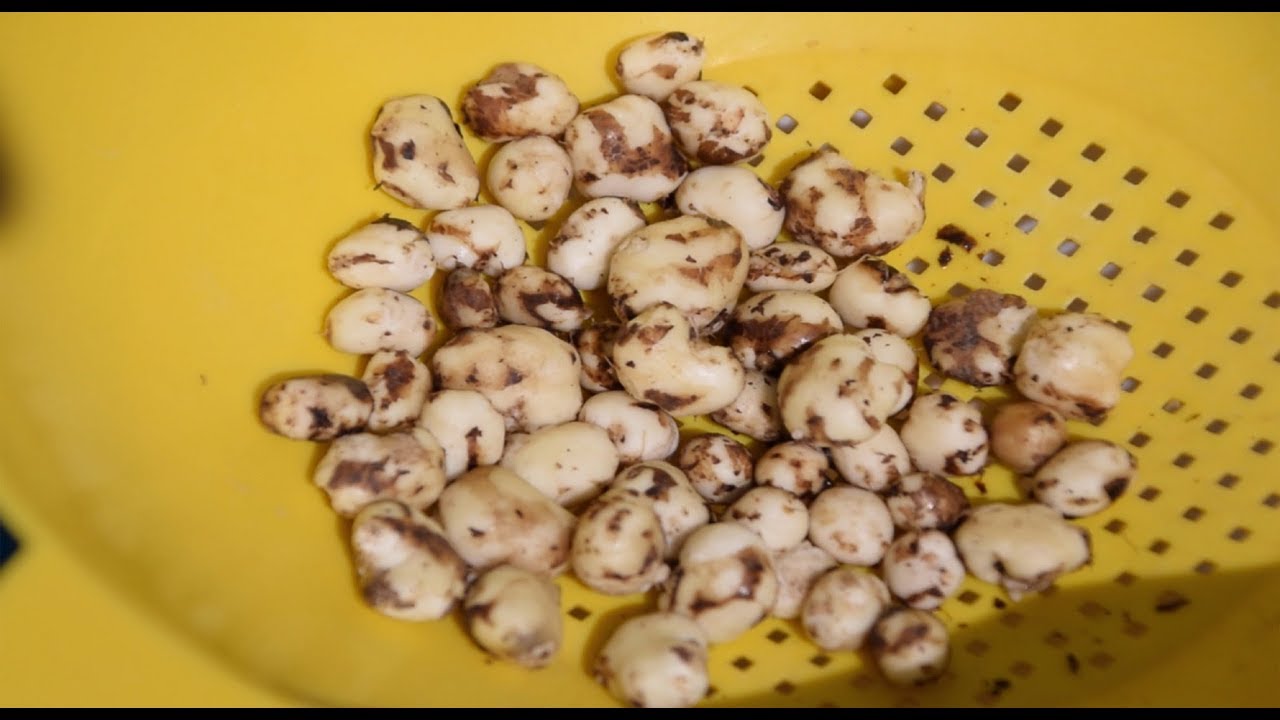I don’t think I understand the purpose of this post. Are you interested in just carbs as a calorie source and want a diverse mix of sources but aren’t concerned about quality?
If so, I’ll be honest with you, forging quasi-edible stuff from the woods and growing minor vegetables is pretty much the worst way of achieving that goal. How much can you forage or grow in a day worth of work? Just making, planting, weeding, watering, harvesting, and processing one bed is way more than 8 hours of work. And forging is even less efficient.
Whereas 8 hours at minimum wage is like $50.
That’ll get you 22 lb of corn ($20)
https://www.walmart.com/ip/Maseca-Gluten-Free-Instant-Corn-Masa-Flour-352-oz/10790737
25 lb of wheat flour ($10)
https://www.walmart.com/ip/Great-Value-All-Purpose-Enriched-Flour-25LB-Bag/
10 lb of chickpeas ($14)
https://www.walmart.com/ip/Great-Value-Chick-Peas-Garbanzos-1-lb/2569123724
And 3 lb of oatmeal ($5)
https://www.walmart.com/ip/Great-Value-Instant-100-Whole-Grain-Old-Fashioned-Oats-Cup-42-oz/10314925
That’s several weeks worth of calories. And all in stable forms that aren’t perishable and won’t spoil and make you sick, and fully processed and ready to eat, and are all very carb rich while also having, between them, complete protein content and a variety of vitamins and minerals and sufficient fiber content.
You will never ever, beat that. The System™ is more efficient than you and more reliable than you. Worried about a big catastrophe that wipes out the grocery stores? Ok, I’ll make you a bet, I’ll buy basic foods at the grocery store and you grow them, we’ll see which one of us has their food supply wiped out by the weather or invaders (either human or animal) or whose food supply all spoils because of a power outage. Think you can grow food more efficiently than the System? Ok, compete with it on the marketplace, if you’re actually more efficient, you’ll eat Walmart’s lunch and you’ll be able to undercut their prices.
Good luck.
You aren’t worried about the steel mills and neem plantations getting wiped out and cutting off your supply of garden tools and neem oil and leaving you incapable of growing food, so why are you worried about the grain mills and banana plantations leaving you incapable of buying food? And the foods at the store with the highest traces of pesticides are fresh produce and berries, exactly the things you should be growing yourself, not the corn and beans and rice. And let’s be honest, UV light exposure from working a garden and forging all day, every day, is way more carcinogenic than traces of herbicides. To say nothing of how wild and partially domesticated plants have much higher levels of alkaloids, cyanogenic glucosides, oxalates, condensed tannins, and other problematic chemicals, nor to say anything of the toxic molds that will probably grow on your food because of poor, unscientific storage conditions, nor the parasites and ticks and tick-bourn illnesses you’d be exposed to. And the damage to your joints from doing hundreds of hours of repetitive motions that machines relieved humans of the need to perform a hundred years ago. Etc.
If you’re honest with yourself, it’s obviously and clearly not worth it if you just want calories. Calories are a commodity, let the commodities market do what it does best.
So, if you enjoy gardening, grow the things the grocery store isn’t good at providing. Use your time and effort to enrich your life, not substitute one poverty for an even harder, poorer one. Grow brightly colored and succulent veggies that are best picked and immediately eaten. Grow soft, juicy fruits and berries that can’t be shipped. Grow special varieties that are too low productivity for commercial operations, but have the absolute best flavor. Grow the interesting and unusual herbs of Georgian or Malay or Mexican cuisine and enjoy dishes you’d have to buy a plane ticket to taste otherwise. Make your life more rich and interesting, don’t sit around wasting time, water, and expensive energy boiling acorns until they’re “palatable” enough they won’t make you reflexively vomit immediately after swallowing.
